Q&A: Shee Liu
Shee Liu is an illustrator born in Beijing, China, currently based in Aurora, Canada. She draws inspiration from her experiences spanning both countries, inviting viewers to connect with their lives through a nostalgia-coated lens. She works predominantly with traditional media such as watercolours, pencils, and pastels.
How do you market yourself as a freelancer who does just about everything?
I separate my work into two portfolios, a public one for freelance and a private one to show companies I apply to. My Instagram and website showcase the work I want people to remember me by—mainly my traditional illustrations and comics—and I tailor them to build the image I want as an artist.
My game portfolio is more technical and focuses on my knowledge of perspective, anatomy, and animation. It looks very different from my freelance portfolio, so I keep it private since it’s not the work I want to be hired for as a freelancer.
Has there been a gig that has been your “big break”?
My co-op experience led to my internship at Freebird Games and gave me work experience at a game studio, which later became an asset in my portfolio and resume. After graduating, I wanted a stable 9-5, and my experience at Freebird making pixel art and animations helped me find work at other game studios, and now it’s what pays my bills.

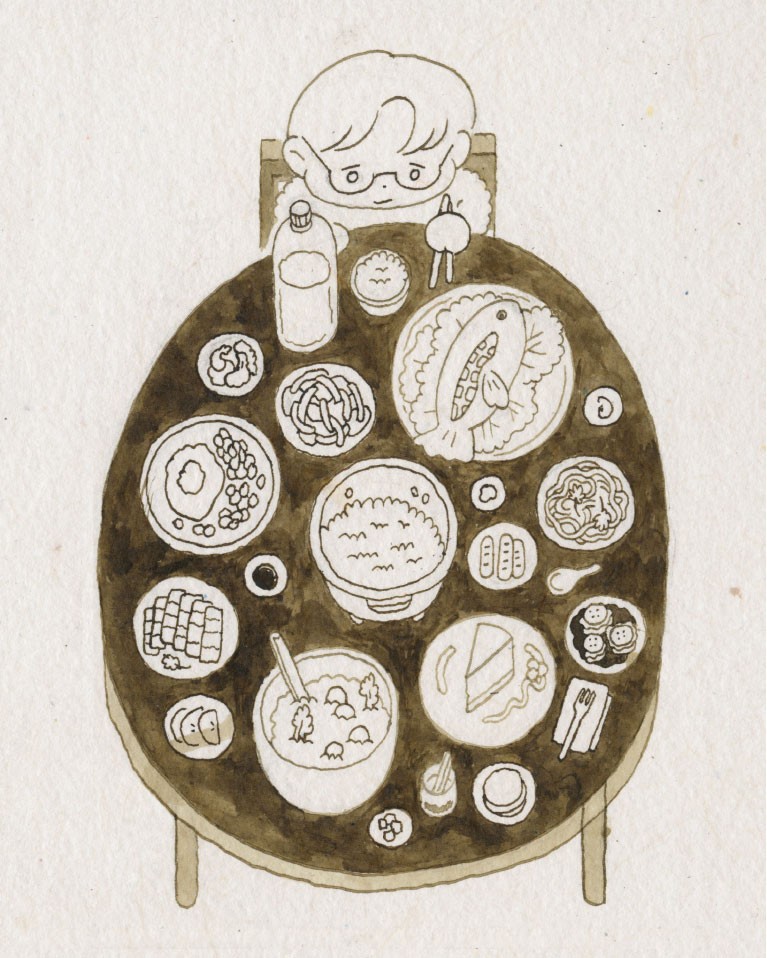
How does working in a game studio compare to working freelance? Was it difficult to adjust to the studio’s style? Can you offer any advice for students interested in game development?
I’m someone who thrives in a structured environment, and that’s the perk of working at a studio compared to freelance. I’ve never been organized, and even after incorporating daily to-do lists, I still struggled with maintaining a schedule when pursuing freelance work. Ironically, when I work a 9 to 5, I work on personal projects more throughout the week because time becomes more valuable, and its scarcity pushes me to use it wisely.
With every studio, there’s always a learning period where I familiarize myself with their style and workflow. For Freebird, I learned how to draw pixel art properly. At Hitgrab, it was the first time I drew backgrounds strictly following perspective rules. At Fluffy Dog, I now draw vector-based art and learned to use gradients and linework to simulate lighting and texture.
I’m constantly learning and being challenged at work, maybe because I’m a traditional artist slowly transitioning into this industry. I try to ask questions when I’m lost, be humble, accept not being the best, and stay open to learning new skills from my colleagues. There’s so much to learn when I’m surrounded by people who are more skilled than me. This has helped me improve artistically and become more confident about the future.
What are your favourite traditional tools, and why do you work with them? Do you have any tips for working traditionally?
My favourite is watercolour for its wet-on-wet technique. I love using a big hake brush to soak the paper in water and watch the colour bloom when I paint.
When working with watercolour, learn to be okay with the process not going exactly how you envisioned, especially for wet-on-wet. The result is better when I don’t attempt to control where the colours go in the beginning. You could always add more detail and depth later, but wait for the colour to dry before adding more layers! I sometimes leave it to dry overnight before adding another wash or details.
As you engage in your illustration practice, which cultural aspects, artists, and life experiences have helped you develop your voice and style?
I’m happiest when I draw people and places I love or events that are important to me. I’m inspired by my family, the homes I’ve lived in, friends, romantic relationships, and the events and emotions that stem from them.
My favourite work tends to be made by Asian artists, musicians, and writers, probably because I grew up in a Chinese community, and my peers and I consumed a lot of anime and manga. I tend to connect most with female creators, and my current favourites are manga artists Kyoko Okazaki and Ai Yazawa, writer Sayaka Murata and Mieko Kawakami, and musicians Jun Togawa, citibeck, and 사가 (SAGA). I love works about life and being human, that have me reflect on my life. It’s a form of therapy for me.
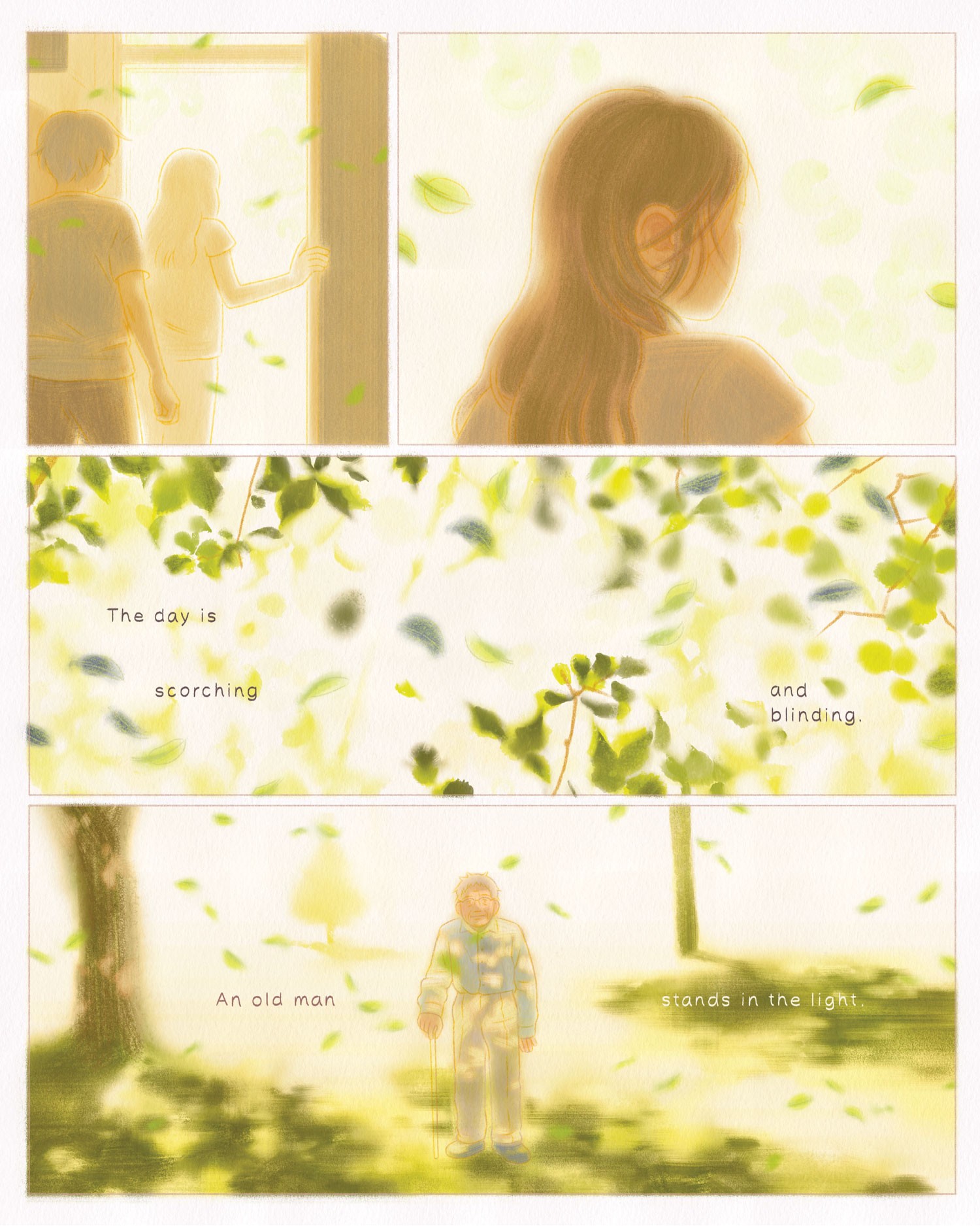
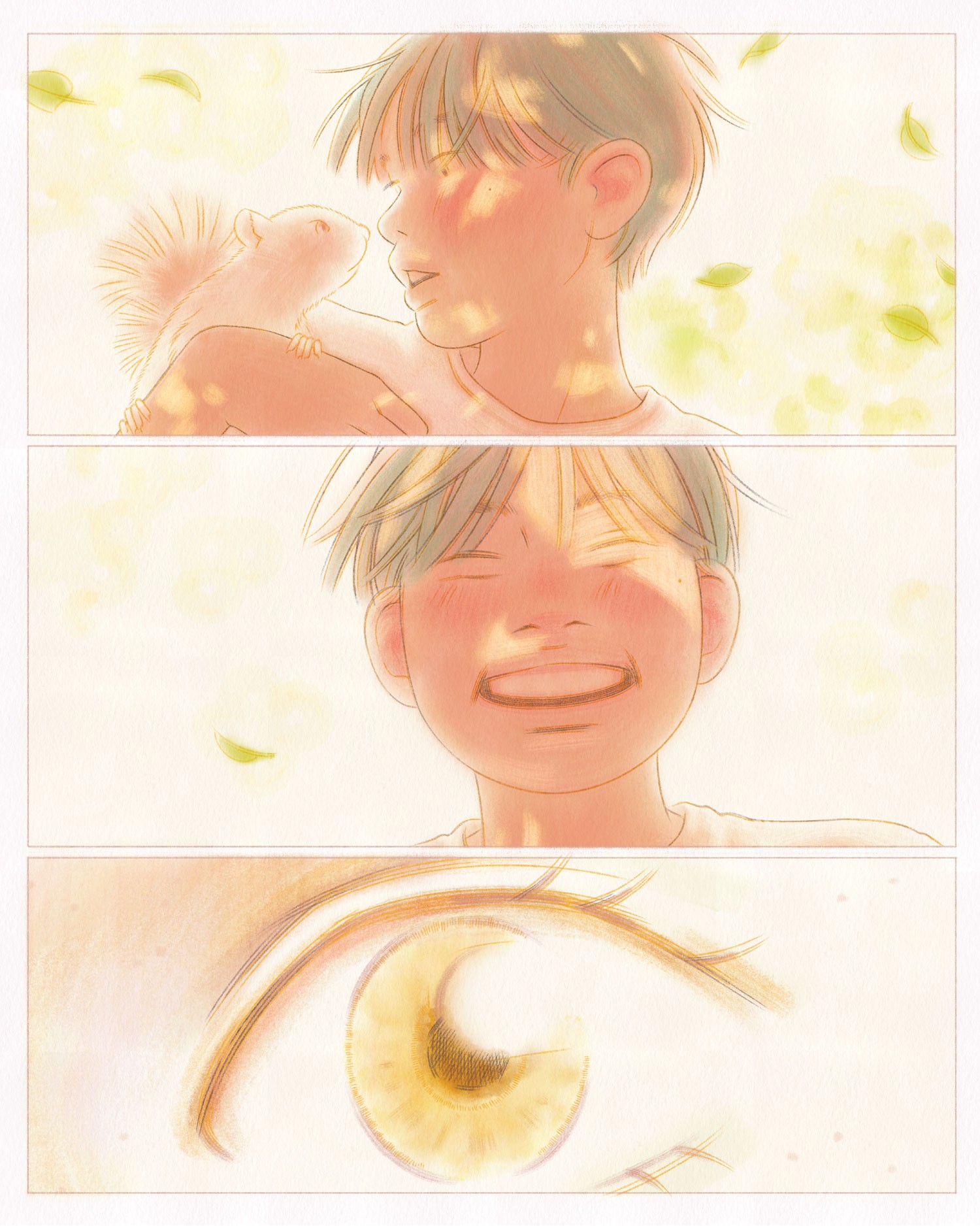
What has been your approach to using social media as a marketing tool while maintaining a healthy relationship with it?
Every time I share something on Instagram, I stop myself from constantly checking my likes and follower count. I view it as a place to share my progress with people interested in my work. I remind myself it doesn’t matter if people unfollow me, and it’s okay if not everyone is interested because this is a place to share work I’m proud of, not what I think everyone will like.
I use stories to share my work in progress, snippets of my life, and posts to display my finished work. I see it mainly as a portfolio with a little blog on the side.
Are there any practices that helped build your career as a new grad? Is there any advice you’d give to your younger self?
I’ve had lucky moments where clients have reached out to me, some while I was in school, but due to my disorganization and neuroticism at the time, I’ve let a few big opportunities slip away. I would tell my younger self to start using an agenda and daily to-do lists, check your email daily, mark important dates on your calendar, and not take anything personally when speaking and emailing others.
I’ve been messy and frazzled my whole life, and it was only when I started using an agenda after graduating that my life started coming together bit by bit. I’m still trying to improve, but I think this may be the one thing that all the positive changes in my life stemmed from.
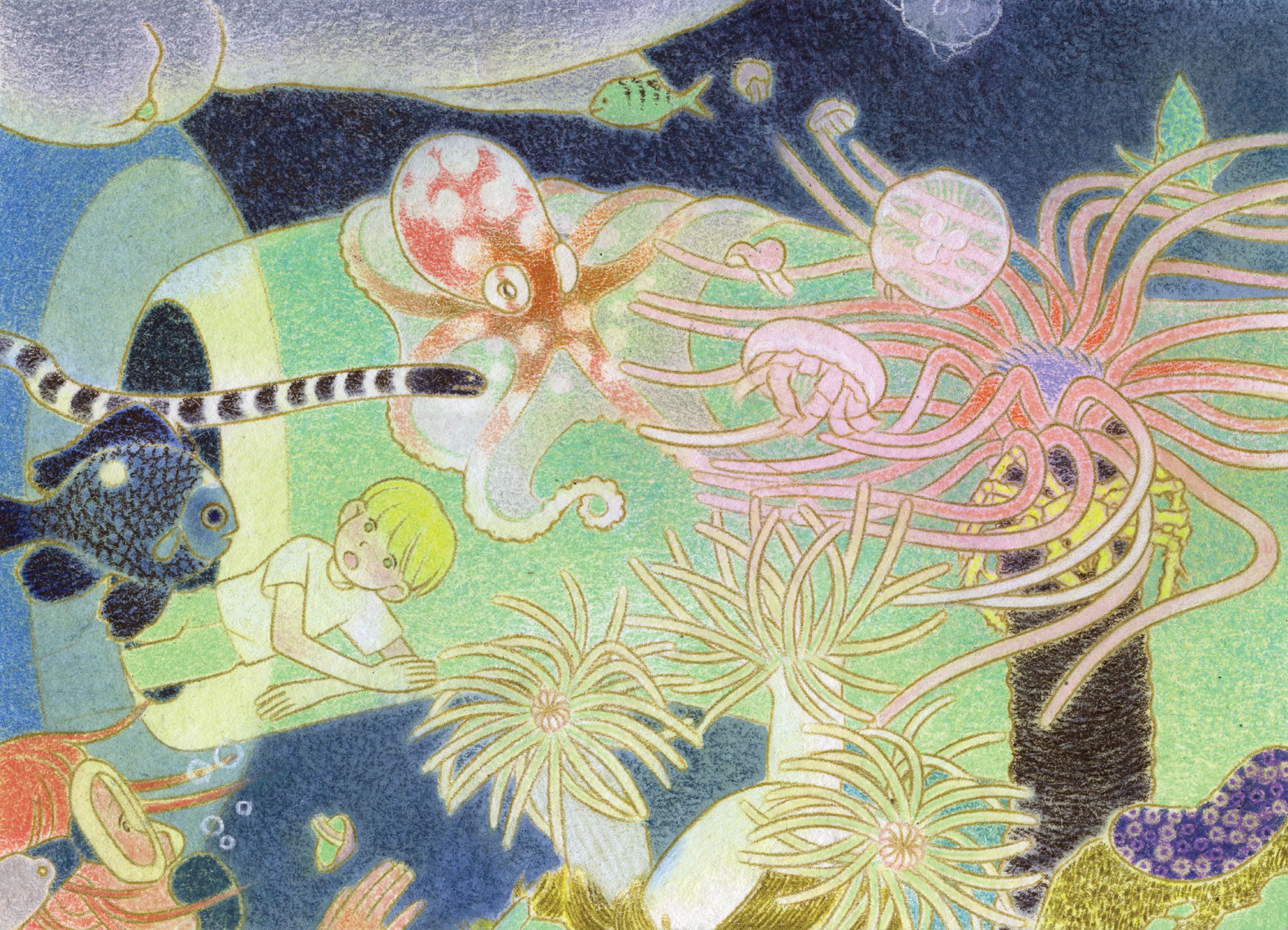
What’s keeping you busy nowadays? Do you have any future illustration goals?
Near the end of 2023, I realized I’m most passionate about sharing stories through comics. I’m trying to finish a 28-page long comic, which would be the longest I’ve made yet. I want to debut it at the ShortBox Comics Fair in October 2024 and have printed versions for future fairs like TCAF. After this comic, I hope to make even longer ones and come out with a story I’m working on about my life around the end of college.
Do you have experience with art block or burnout, and if so, what did you do to manage it?
I’m still figuring this out since I’ve only recently started to work on personal projects after my day job. Since graduating in 2020, I haven’t felt passionate about making art until the end of 2023. It’s only recently that I started to feel passionate again after being honest with what I actually like, and I started to work on this comic.
I don’t know if what I’m doing is the best for my mental and physical health. So far, I haven’t experienced burnout, but I know how easy it is to overwork myself.
I’ve learned it’s impossible to prioritize everything. As a perfectionist, it’s hard not to try my best at everything. I want to be amazing at my day job, my comic, scheduling, tidying the house, and even being well-dressed every day. But there aren’t enough hours in the day to do it all, so I try to prioritize one or two things a day and be okay with the rest falling behind sometimes.
I try to do things that are meaningful to me and make me happy because I feel like it heals me. This could be working on what I’m passionate about, like my comic, calling my close friends, spending time with family, hugging and chatting with my boyfriend, or eating delicious food.
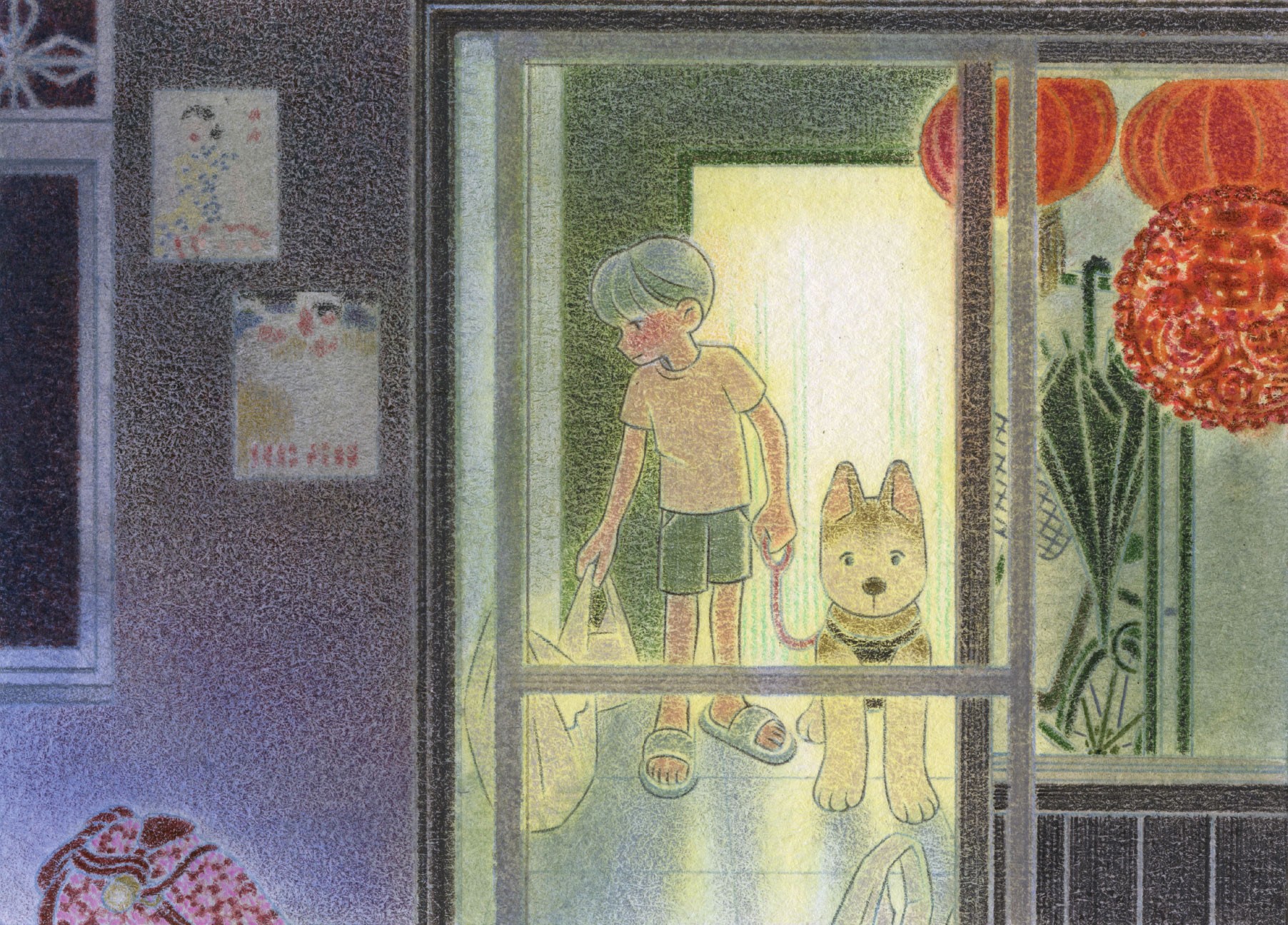
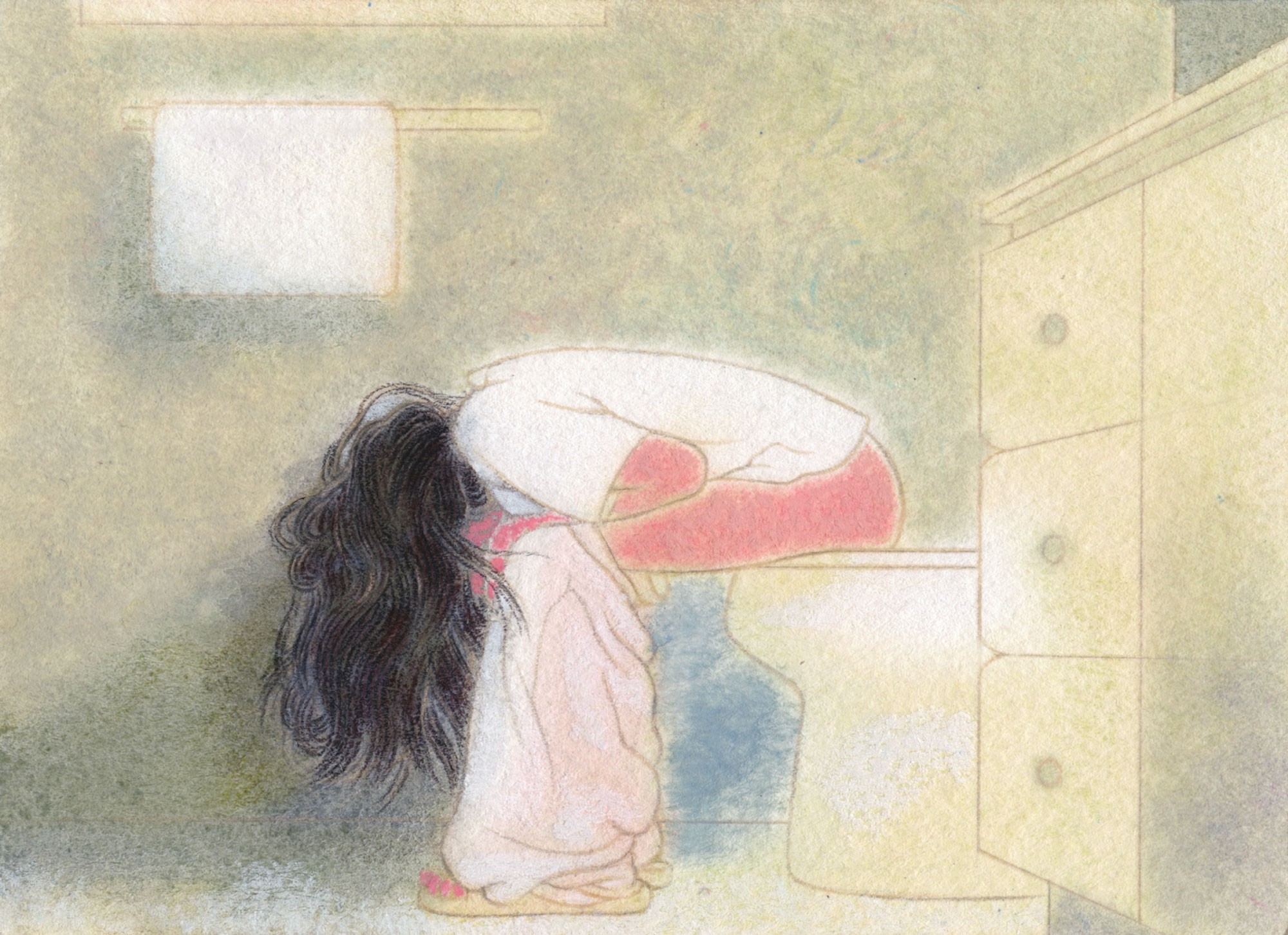

How have you grown since you were a student at Sheridan?
I learned that sitting in my room and drawing all day is not enough to get opportunities, no matter how much I wish it would be. I learned that I can’t be too passive. I need to reach out and seek opportunities.
I’ve always been reserved around unfamiliar people, and I still push myself every day to share my thoughts or just speak for the heck of it. I’ve never been great at picking up social cues either, and I sometimes get stuck in my neurotic thoughts. I learned not to assume or take things personally and listen to others, really hear what they’re saying, and be open to any result that comes from a conversation. I’m still trying every day to let go of my preconceived notions and just observe and learn, at work or home. I think I’m getting better at it, and I think it affects my career and life positively.
To see more of Shee’s work, visit www.sheeliu.com
Interviewed and presented by:
Madeline Cheung, Carrie Jia, Hayoung Kim, Erica Park, Alicia Phen, Lacie Ngyuen.